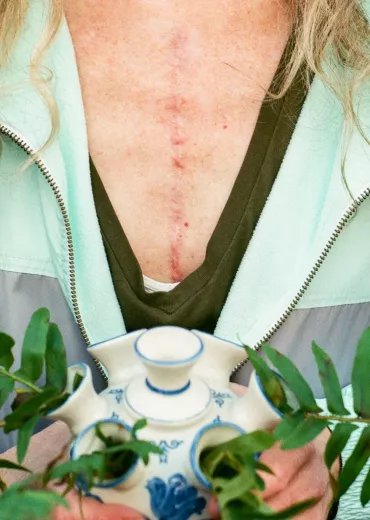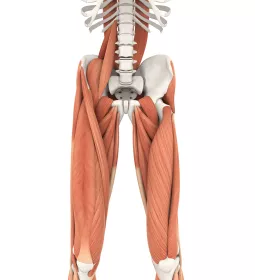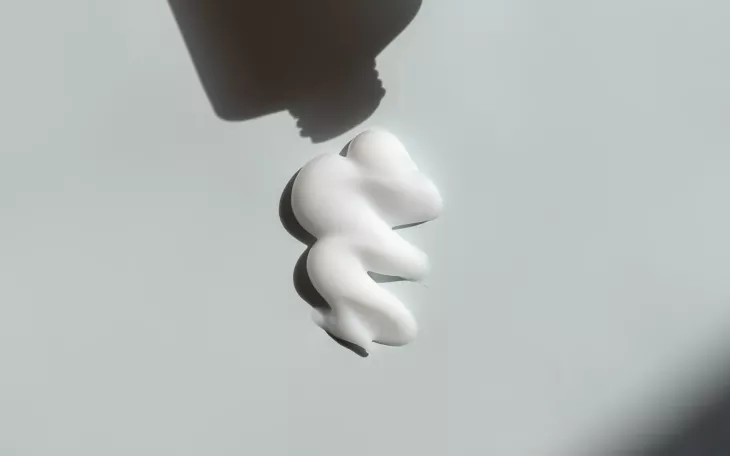Featured Videos
-
ANATOMYScapes debuts its video "The Sciatic Nerve: A 3D View from the Inside Out" in Massage and Bodywork magazine to dive deep into the sciatic nerve and its 3D fascial reality.
-
Heath and Nicole Reed demonstrate how to practice compassionate touch and breathwork, which can improve mental, physical, and emotional health.
-
Rachelle Clauson and Nicole Trombley discuss how loose connective tissue, rich in water-loving hyaluronan, might play a key role in low-back pain.
-
Visceral manipulation can re-create, harmonize, and increase proprioceptive communication in the body.

















